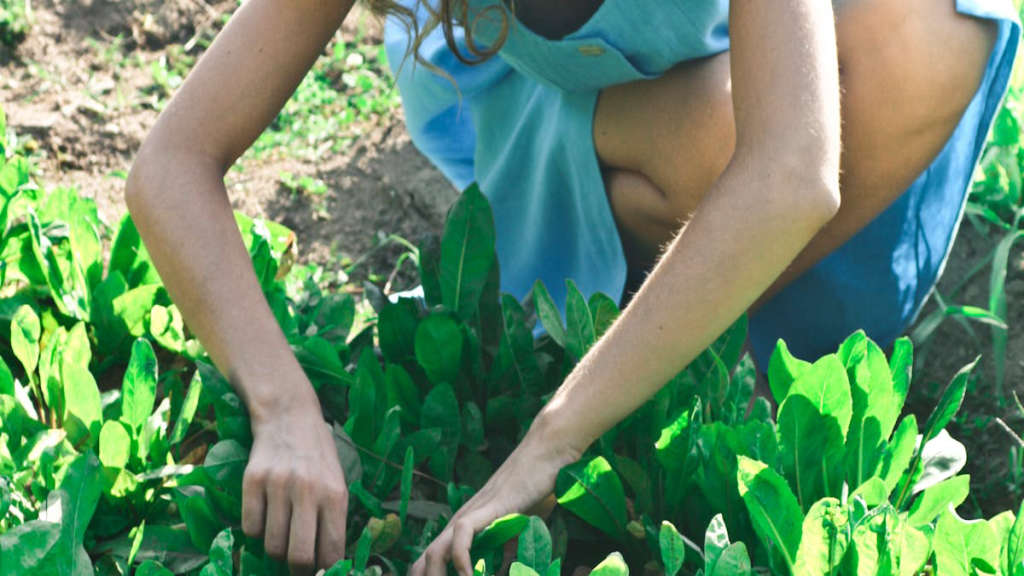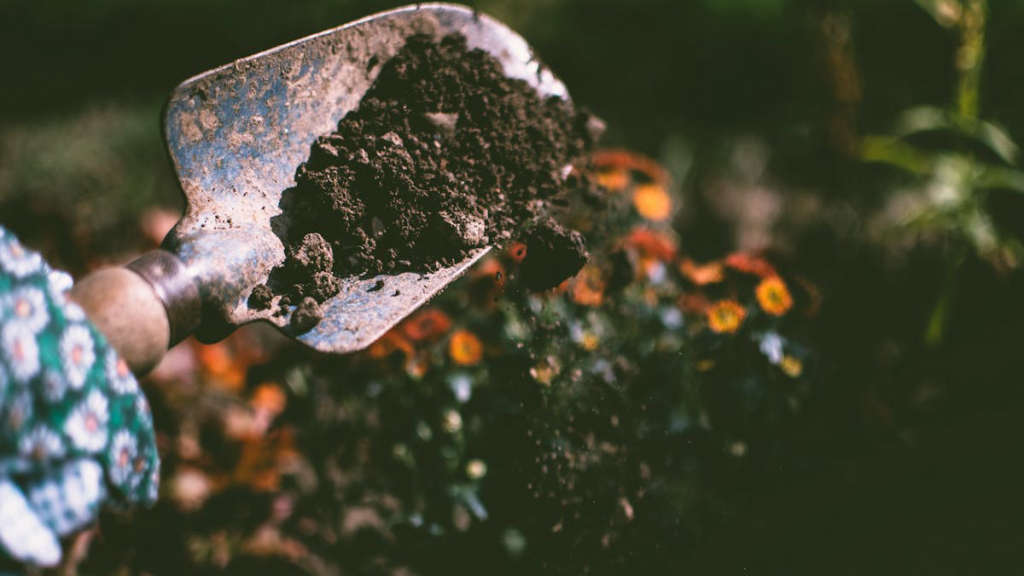Growing your own strawberries can be a rewarding experience, and understanding the ins and outs of planting bare root strawberries is key to having a bountiful harvest. These plants offer a unique opportunity to enjoy fresh, succulent berries right from your garden. In this guide, we will explore the benefits of using bare root varieties, tips for planting them properly, and how to care for your plants throughout the growing season.
Main Points
- Benefits of planting bare root strawberries.
- Step-by-step guide to planting bare root strawberries.
- Essential care tips for ensuring a successful harvest.

Essential Steps for Planting Bare Root Strawberries Successfully
Planting bare root strawberries can be a delightful experience, especially when you follow a few essential steps to ensure their success. Unlike potted plants, bare root strawberries are sold without soil, which can make some gardeners hesitant. However, with proper care and attention, you can cultivate a thriving strawberry patch that yields delicious fruits. Here’s a detailed guide to help you navigate the process.
1. Select the Right Time for Planting
The timing of planting is crucial for the health of your bare root strawberries. Ideally, you should plant them in early spring or late fall when the soil is workable and temperatures are moderate. Avoid planting during extreme heat or freezing conditions, as this can hinder root establishment.
2. Prepare the Soil
Quality soil is the backbone of healthy strawberry plants. Prior to planting, ensure that your soil is well-drained and rich in nutrients.
- Clear Debris: Remove rocks, weeds, and other debris to provide a clean slate for planting.
- Amend the Soil: Incorporate organic matter, such as compost, to improve soil structure and fertility.
- pH Testing: Aim for a soil pH between 5.5 and 6.8. Adjust if necessary, as strawberries thrive in slightly acidic conditions.
3. Planting Technique
When you’re ready to plant, follow these steps to ensure proper placement:
- Digging Holes: Create holes that are deep enough to accommodate the roots without bending them. Each hole should be about 12-18 inches apart to give each plant space to grow.
- Positioning the Roots: Place the bare root into the hole, spreading the roots out gently. The crown (where the roots meet the stem) should be level with the soil surface.
- Backfilling: Fill the hole with soil, ensuring it is compacted around the roots without suffocating them. Water the area thoroughly after planting.
4. Watering and Mulching
After planting, give your newly planted strawberries a good soaking. Consistent moisture is vital for root development, but be careful not to overwater, as this can lead to rot.
Applying a layer of mulch around your strawberry plants can help retain soil moisture, suppress weeds, and regulate soil temperature. Straw, wood chips, or even grass clippings work well for this purpose.
5. Care and Maintenance
As your strawberries grow, attention to detail will pay off. Here are some maintenance tips:
- Fertilizing: Apply a balanced fertilizer at regular intervals throughout the growing season to ensure healthy growth.
- Pest Management: Keep an eye out for pests such as aphids or slugs. Use organic methods for control, like handpicking or introducing beneficial insects.
- Pruning: Remove any dead or diseased leaves to encourage airflow and prevent disease.
By following these essential steps for planting bare root strawberries, you’ll be well on your way to enjoying a bountiful harvest. Gardening can often feel overwhelming, but with proper planning and care, you can tackle it with confidence. Happy gardening!

Understanding the Benefits of Bare Root Strawberries for Your Garden
When considering the best options for your garden, bare root strawberries often stand out due to their many advantages. These strawberries are sold without soil around their roots, which means plants can be planted while they are dormant. This practice is common among avid gardeners, and for good reason. Let’s delve into the compelling reasons why you should consider these plants for your garden.
Cost-Effective and Efficient
One of the primary benefits of planting bare root strawberries is their affordability. When compared to potted plants, bare root varieties typically come at a lower price point. This aspect can be particularly appealing if you’re interested in cultivating a larger strawberry patch without stretching your budget. Furthermore, the efficiency of planting them is noteworthy, as it allows for timely planting in early spring when conditions are right, ensuring a bountiful harvest in the summer.
Improved Root Development
Another important advantage lies in the potential for improved root development. With bare root strawberries, you can plant them at the correct depth without the constraints of a pot. This leads to healthier and more vigorous growth, as their roots can spread freely into the surrounding soil. Strong roots are essential for nutrient uptake and overall plant health, which ultimately results in greater yields.
Greater Variety and Availability
When buying bare root strawberries, you often encounter a wider variety of cultivars. From June-bearing to everbearing types, the options are abundant. This variety not only adds to your culinary experiences but also allows you to experiment with different tastes and textures. Despite this, it’s important to note that local availability may vary, so checking with regional suppliers could be beneficial.
| Strawberry Type | Characteristics |
|---|---|
| June-Bearing | Produce fruit in late spring to early summer. |
| Everbearing | Yield throughout the growing season. |
In conclusion, the benefits of bare root strawberries are substantial. Their cost-effectiveness, improved root development, and availability of various types contribute to making them an excellent choice for garden enthusiasts. Although there might be some challenges, such as ensuring the right planting environment, the rewards of a thriving strawberry patch are worth the effort. If a bountiful strawberry harvest is your goal, bare root varieties are certainly worth considering.

Expert Tips for Caring and Maintaining Your Bare Root Strawberry Plants
Growing strawberry plants from bare roots can be an exciting experience for any gardener. However, it does come with its own set of challenges. Proper care and maintenance are crucial to ensuring your strawberries thrive. Here, we’ll explore effective strategies to help your plants flourish.
Choosing the Right Location
The first step in successfully planting your bare root strawberry plants is selecting an ideal location. Strawberries prefer a sunny spot, ideally with at least six hours of direct sunlight each day. While they can tolerate some shade, too much can lead to weaker plants and fewer berries. Remember, the soil should be well-draining to prevent root rot. A pH level between 5.5 and 7 is considered optimal for strawberry growth.
Preparing Your Soil
Before planting, enriching your soil with organic matter is essential. You might want to incorporate well-rotted compost or aged manure into the soil. This not only improves soil structure but also provides necessary nutrients. Yet, be cautious. Over-fertilizing can harm your plants more than help them. Strive for balance; sometimes, less is more.
Planting Techniques
When planting your bare root strawberries, they should be placed with the crown—where the root meets the stem—at soil level. This positioning is crucial for plant health. If the crown is buried too deep, it may suffocate; if too high, it can dry out. Take your time to ensure correct placement, as this can significantly impact growth.
Watering Wisely
Watering is a key part of strawberry care. Initially, after planting, give your plants a good soak. Following this, maintaining consistent moisture levels is vital. However, you must avoid letting the soil become waterlogged. Checking the top inch of soil can guide you; if it feels dry, it’s time to water again. Over time, you’ll discover your plants’ specific needs.
Mulching Benefits
Applying a layer of organic mulch can work wonders for your plants. Mulch helps to conserve moisture, suppress weeds, and regulate soil temperature. Furthermore, it adds nutrients back into the soil as it breaks down. Just be sure you’re using a material that is free from pathogens, as the health of your strawberries hinges on their environment.
Pest and Disease Management
Vigilance is necessary when it comes to pests and diseases. Regularly inspect your plants for signs of trouble, such as wilting leaves or unusual spots. Implementing a proactive approach can make all the difference. For example, using row covers can protect your plants from birds and insects. Natural remedies, like neem oil, can also be effective. Undoubtedly, prevention is always better than cure.
Pruning for Productivity
Don’t overlook the significance of pruning. In the early stages, trimming runners can help concentrate the plant’s energy on producing fruit rather than spreading out. A healthy plant is a productive plant, and sometimes, a little tough love is necessary to achieve that. However, prune wisely—too much pruning can hinder growth.
Harvesting at the Right Time
Knowing when to harvest your strawberries is an art in itself. Strawberries should be picked when they are fully red to ensure the best flavor. They don’t continue to ripen once picked, so waiting for that perfect color is essential. It’s a rewarding moment, and you’ll savor every bite knowing you nurtured them from bare roots.
In conclusion, caring for bare root strawberry plants requires a blend of science and intuition. Each step, from planting to harvesting, holds significance. By following these expert tips, you’ll pave your way toward a bountiful strawberry harvest. Enjoy the process, as gardening should be as delightful as the fruits it yields!
You Can Also Review These:
A Comprehensive Guide to a Bountiful Harvest – YouTube
Frequently Asked Questions
What are bare root strawberries?
Bare root strawberries are strawberry plants that are sold without any soil or potting material around their roots. These plants typically have been dug up during their dormancy period and can be planted directly into the garden.
When is the best time to plant bare root strawberries?
The best time to plant bare root strawberries is in early spring, as soon as the soil is workable. This allows the plants to establish themselves before the hotter summer months.
How do I care for bare root strawberries after planting?
After planting bare root strawberries, water them thoroughly and mulch around the base to retain moisture. Make sure they receive enough sunlight, typically 6-8 hours a day, and apply fertilizer as recommended to promote healthy growth.